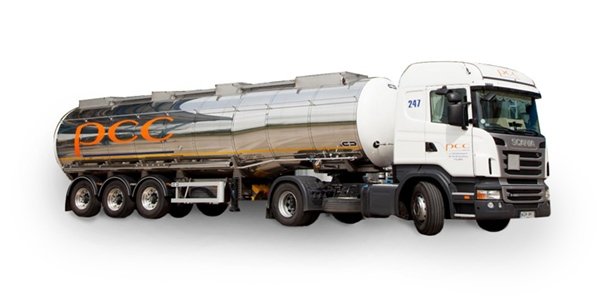Um sich mit uns durch den oberen Formular zu kontaktieren - bitte gib alle darin geforderten Daten an. Die Dateneingabe ist freiwillig, wirst du dies allerdings nicht tun, kannst du uns auf diesem Wege keine Nachricht schicken.
Der Administrator deiner persönlichen Daten ist die PCC Rokita SA Gesellschaft mit Sitz in Brzeg Dolny (ul. Sienkiewicza 4, 56-120 Brzeg Dolny). Du kannst dich mit unserem Datenschutzinspektor per E-Mail kontaktieren: .
Deine Daten verarbeiten wir um sich mit dir zu kontaktieren und auf deine Nachricht zu antworten. Die Grundlage für die Verarbeitung deiner Daten ist ein gesetzlich berechtigtes Anliegen des Datenadministrators oder einer Drittpartei (Rückkontakt mit dir, Marketing von uns oder unseren Partnern, darunter der PCC Gruppe , which you can decline), wogegen du Widerspruch einlegen kannst) oder das Unternehmen verschiedener Handlungen aufgrund deiner Anfrage, vor einem evnt. Vertragsabschluss - abhängend von dem Inhalt deiner Nachricht.
Deine Daten werden wir prinzipiell bis zum Abschluss aller Kommunkationen mit dir oder bis du Widerspruch einlegst von uns verarbeitet, es sei denn rechtliche Vorschriften verpflichten uns sie länger zu verarbeiten oder sie für den Fall potenzieller Ansprüche aufzubewahren, so lange bis sie per Gesetz verjähren, besonders per Zivilgesetzbuch.
Du hast jederzeit das Recht dazu:
- Widerspruch gegen die Verarbeitung deiner Daten einzulegen;
- auf deine persönliche Daten Zugriff zu erhalten, inklusive eine Kopie dieser zu verlangen;
- eine Richtigstellung, Beschränkung der Datenverarbeitung und das Löschen deiner Daten zu verlangen;
- deine Daten zu übertragen, z.B. zu einem anderen Administrator (es sei denn die Grundlage für die Verarbeitung ist ein gesetzlich berechtigtes Anliegen des Administrators);
- eine Klage beim Vorsitzenden des Datenschutzamtes einzureichen.
Empfänger deiner Daten könne Firmen sein, die uns in unserer Kommunikation mit dir unterstützen und uns helfen diese Website zu betreiben, externe Beratungsfirmen (darunter Rechts-, Marketing- und Rechnungsfirmen) oder externe IT-Spezialisten, darunter Rechtspersonen aus der PCC Gruppe .
Mehr Informationen darüber wie wir deine Daten verarbeiten findest du in unserer Datenschutzerklärung.

 ISO 14001
ISO 14001  ISO 50001
ISO 50001  ISO 9001
ISO 9001  ISO 45001
ISO 45001